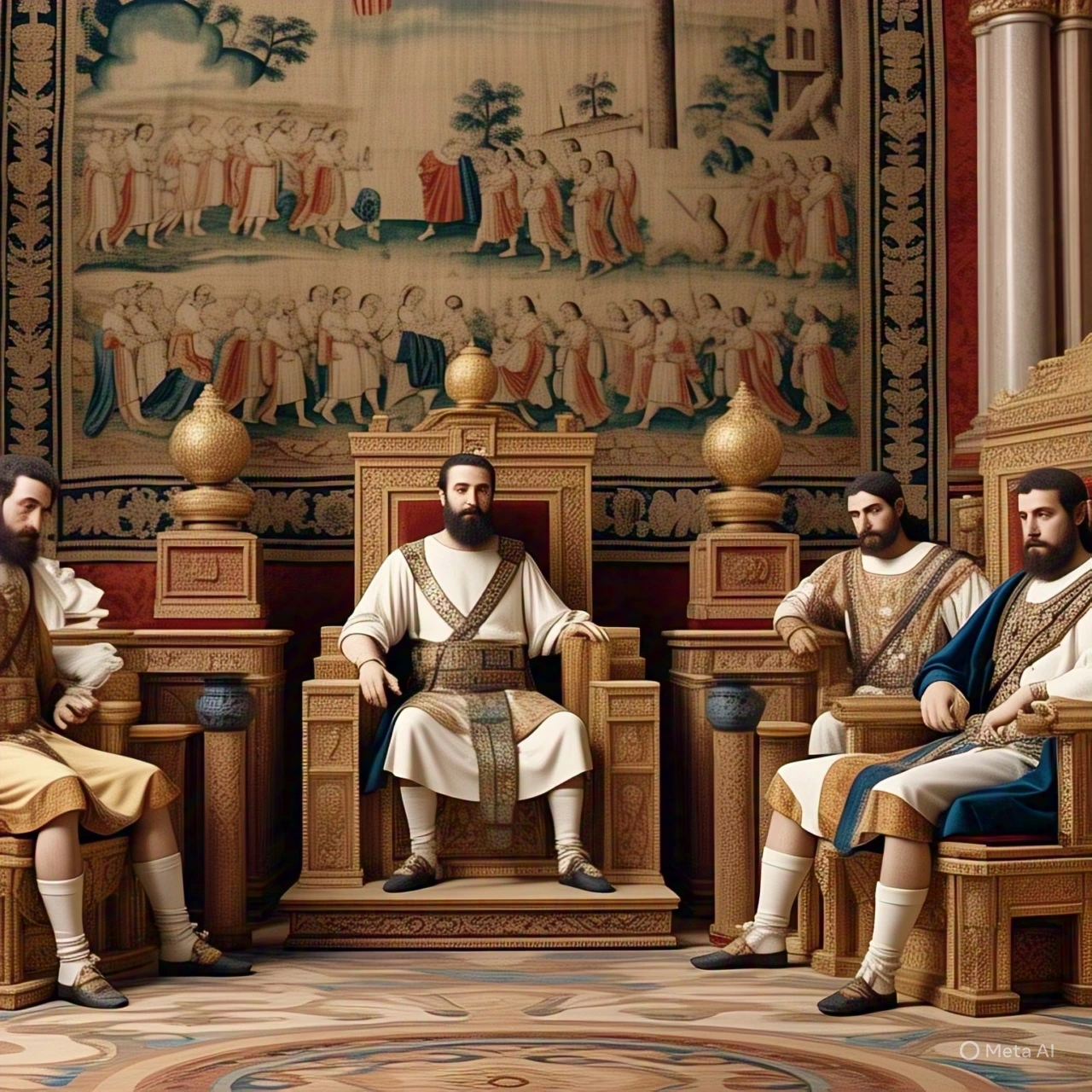
Get in Touch
We will get back to you within 24 hours.
Welcome to MVS Blog

 How does Sylvia Walby define patriarchy, and what are the six structures through which she analyzes it as a system of organization? Or Discuss the structural organization of patriarchy as described by British sociologist Sylvia Walby.
How does Sylvia Walby define patriarchy, and what are the six structures through which she analyzes it as a system of organization? Or Discuss the structural organization of patriarchy as described by British sociologist Sylvia Walby.
Answer – Introduction
The beginning and development of patriarchy is first seen in the Mesopotamian civilization. After this, this idea spread further through religious texts. Famous British sociologist Sylvia Walby described six structures of patriarchy in her book "Theorizing Patriarchy". Many other sociologists & thinkers also came out against this system.
Meaning of Patriarchy :

Patriarchy is a social system in which men dominate and have the power to take decisions in family, society, politics, economy and culture. In simple words, we can say that this is a system in which men have more power and rights than women
Views of different thinkers on Patriarchy :
According to Friedrich Engels' book, "The Origin of the Family,"
"Patriarchy arose with the development of private property, which weakened the position of women."
Gerda Lerner wrote in her book “The Creation of Patriarchy,”
“Patriarchy is a historical construction, not a natural or inevitable condition.”
Historical background of the Patriarchy
Patriarchy has also been mentioned in various ancient civilizations. This makes it clear that patriarchal norms have been prevalent since ancient times. :-
1. Patriarchy in Ancient Mesopotamia -

Patriarchy was deeply rooted in ancient Mesopotamia. The Code of Hammurabi, written around 1754 BC, determined the rights of men and kept women in a weak position. It established legal and economic dominance of men through rules. For example, the code stated that if a woman was accused of having an illicit relationship, she could be drowned. This shows that there was strict control over the lives and behavior of women at that time.
2. Patriarchy in Ancient Greece -
In ancient Greece, the influence of patriarchy was seen both in the home and in society. The democracy of Athens, which is considered great, kept women away from politics and limited them to just managing the household and giving birth to children. Men were active in public life and intellectual work. The philosopher Aristotle wrote that women are physically and mentally weaker than men, which justified the superiority of men.
3. Patriarchy in Ancient Rome -
Patriarchy was very strong in ancient Rome. The father had complete control over his family, even deciding the life and death of his children. Women sometimes had some legal rights, but they were always subordinate to their father, husband, or another male relative.
4. Patriarchy in religion -
Religious texts and traditions also reinforced patriarchy. In many religions, men were considered spiritual and moral leaders, while women's role was limited to household and supportive tasks. For example, the Judeo-Christian tradition valued men's leadership in family and religious affairs, which was also reflected in their religious texts.
Definition of Patriarchy by Sylvia Walby
According to Sylvia Walby, patriarchy is a social system in which men hold power over women and exploit them. She distinguishes patriarchy and capitalism as separate structures that sometimes work together and sometimes in opposition. For example, during wartime, when women entered the workforce, the interests of patriarchy and capitalism diverged. Walby identified six structures of patriarchy, emphasizing that gender inequality operates at multiple levels within society.
Composition of six structures of patriarchy according to Sylvia Walby
1. Production relations in the family –
The domestic work done by women like cooking, child care and cleaning is not given importance although these works are very important.
2. Paid work –
In the labour market, women are given less important and less paid jobs. They get less salary than men and are deprived of many big opportunities.
3. Patriarchal State -
Walby believes that the policies and systems of the government give priority to the interests of men, due to which women are not able to get an equal status.
4. Male violence –
Domestic violence and other forms of violence against women are seen as a social system rather than an individual problem. Despite laws, this problem still persists today.
5. Discrimination in sexuality –
Society has different rules regarding sexual behaviour of men and women. Men get more freedom, while many restrictions are imposed on women.
6. Patriarchal cultural institutions -
Institutions such as media, religion and education reinforce patriarchy. They set norms governing the image of women and their behaviour. Walby sees this in two forms –
Private patriarchy -
In this system, women are completely controlled by male members of the family, such as father, husband or brother. Women are restricted to household chores and are not allowed to participate in public life, such as education, employment or politics. Before the 20th century, even in Western societies, women were confined to the four walls of the house and were completely dependent on men.
Public patriarchy -
In this, women can participate in the workplace, politics and other areas of society, but they still suffer inequality. They are deprived of property, decision making power and social respect. In earlier times, many women had to leave their jobs after marriage, and they could not reach higher positions.
Conclusion -
Patriarchy has existed in society for centuries and has been seen in different forms in different civilizations. Sylvia Walby described six structures of it, which are related to family, labor, state, violence, discrimination and culture. The status of women improved after the Second World War, but patriarchy has not been completely eradicated and remains in new forms.
0 Response